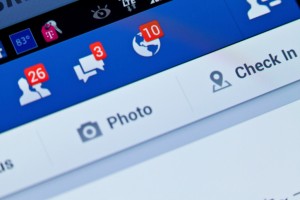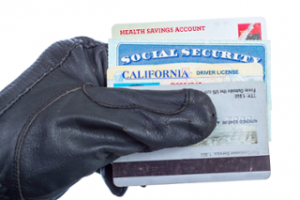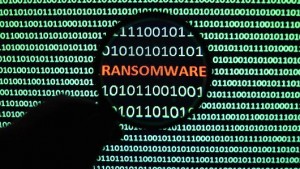Getting hacked can cause an unlimited number of problems for you and your reputation. The last thing you need is to see your profiles fall into the hands of someone else. The key is not to act when it happens but to act before it happens. This guide is going to show you everything you need to know about preventing your social profiles from getting hacked.
The Password Issue
To begin with, you need to make sure that you are crafting the right passwords. A weak password is the front door into your social media accounts. Many hackers will use the brute force method, which is where they simply attempt to guess your password. Automated software will continually try different combinations until it finds something that works.
The only way you can defend against this is through using upper and lower case letters, along with numbers and symbols. This password should be changed on a regular basis. Just make sure that you don’t come up with a password that you yourself can’t remember.
When storing your passwords, you should make sure you have adequate storage methods. Don’t keep them in a place online or offline where they can be immediately accessed.
The key here is to share your passwords with the smallest number of people possible. They should be kept on a strictly need to know basis.
Sign-In Technology
You may not have heard of sign-in technology before. It’s a fairly recent invention and it allows people to access your social media accounts without knowing the password. The way it works is that employees click the sign-in software and it will automatically allow them to access the social media account in question.
This technology will only be able to be accessed on certain company computers. This will allow you to keep all information centralized with one person. That means you always have one or two people to take full responsibility for the company’s passwords.
It doesn’t cost a lot to utilize this technology. There are many software bundles that will provide free services like this. It only takes a few minutes to install this technology on your computer.
The Most Common Path – The Email Hack
Despite the fact that spam detectors have become more proficient than ever before, hackers will still use emails in order to capture people’s information. As soon as you click on the offending link, you will be redirected to a page that looks remarkably similar to a genuine page. Once you enter your information, the hacker will capture that information. They may even attempt to install Spyware on your computer.
The emails that reach your inbox will contain links that you have to click on; usually in relation to a compromised account.
So how do you know whether something is genuine?
There are two ways to do this. First of all, you can mouse over the link and in the bottom right of your browser it will show you the full link. There will always be a slight change in the URL that will reveal it as a link you should avoid. But the best way to check if an email is genuine is to access the relevant website manually, like you would normally.
One other option you have to get around this entirely is to use a platform like Sprout Social or HootSuite to access your social media accounts through a third-party platform. It acts as a shield so your accounts cannot be hacked directly, since you are never accessing them directly.
Your Computer’s Security Arrangements
You can have the strongest password in the world. None of that is going to matter if your computer or network is vulnerable to attack, though. There are hackers who can install software on your computer that can allow them to take control of it remotely.
Then they can use things like sign-in technology against you because they can click the buttons without your input. Install the best anti-virus system you can, update it regularly, and be willing to pay for the best. This is not an area where you should compromise.
How will you protect your social media accounts from hackers today?
This article was written by Abdullahi Muhammed from Business2Community and was legally licensed through the NewsCred publisher network.



















 Source: The Ponemon Institute’s Fifth Annual Benchmark Study on Privacy & Security of Healthcare Data
Source: The Ponemon Institute’s Fifth Annual Benchmark Study on Privacy & Security of Healthcare Data Source: The Ponemon Institute’s Fifth Annual Benchmark Study on Privacy & Security of Healthcare Data
Source: The Ponemon Institute’s Fifth Annual Benchmark Study on Privacy & Security of Healthcare Data  Source: The Ponemon Institute’s Fifth Annual Benchmark Study on Privacy & Security of Healthcare Data
Source: The Ponemon Institute’s Fifth Annual Benchmark Study on Privacy & Security of Healthcare Data